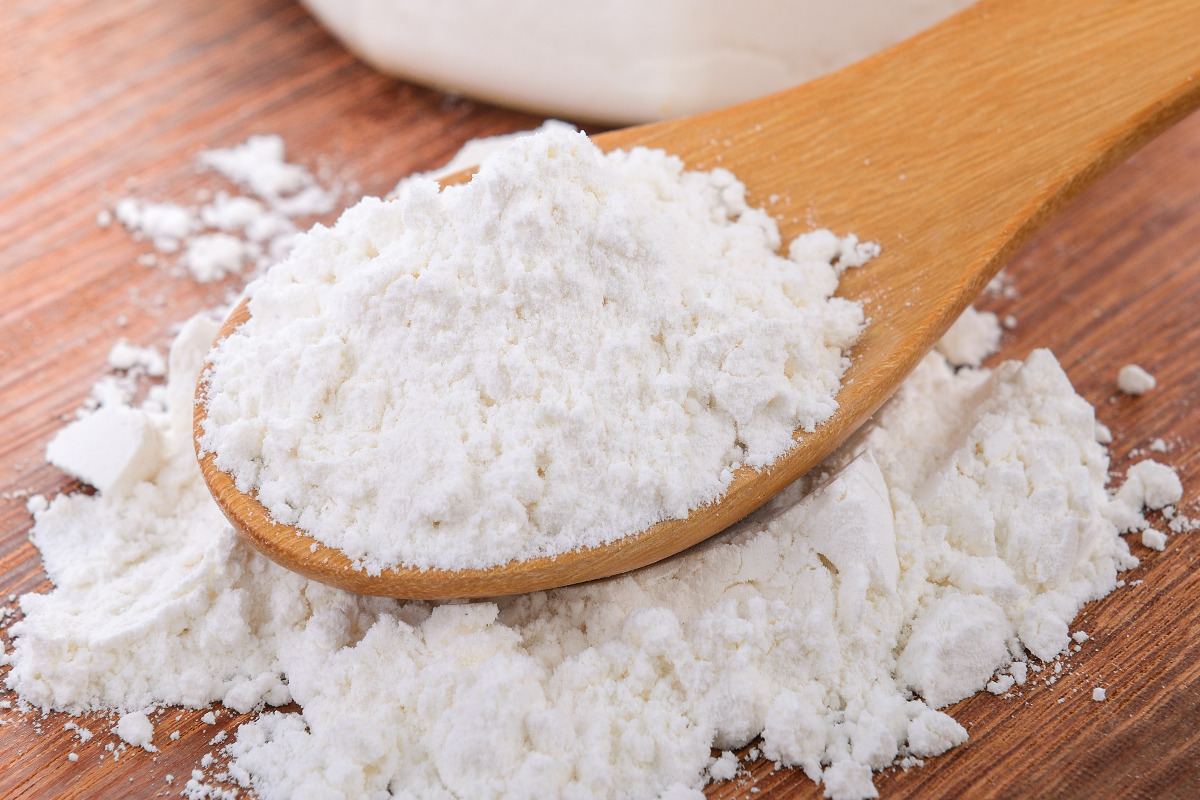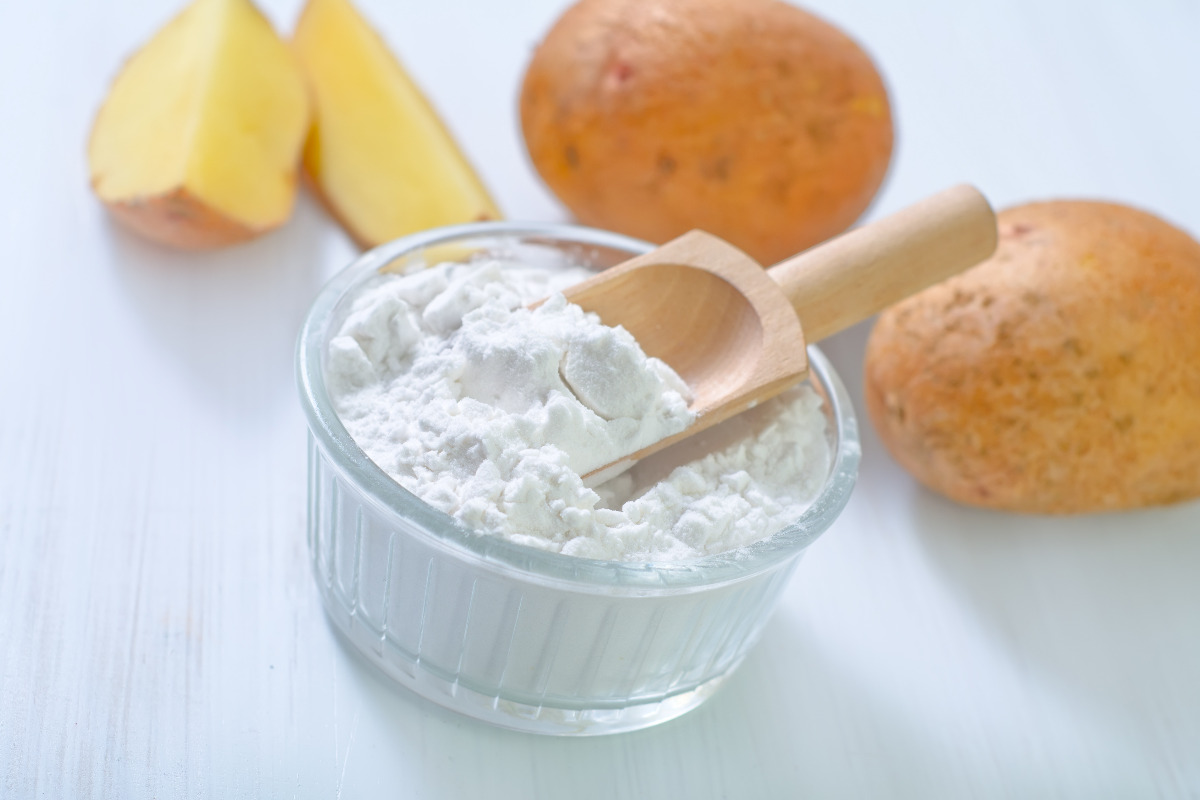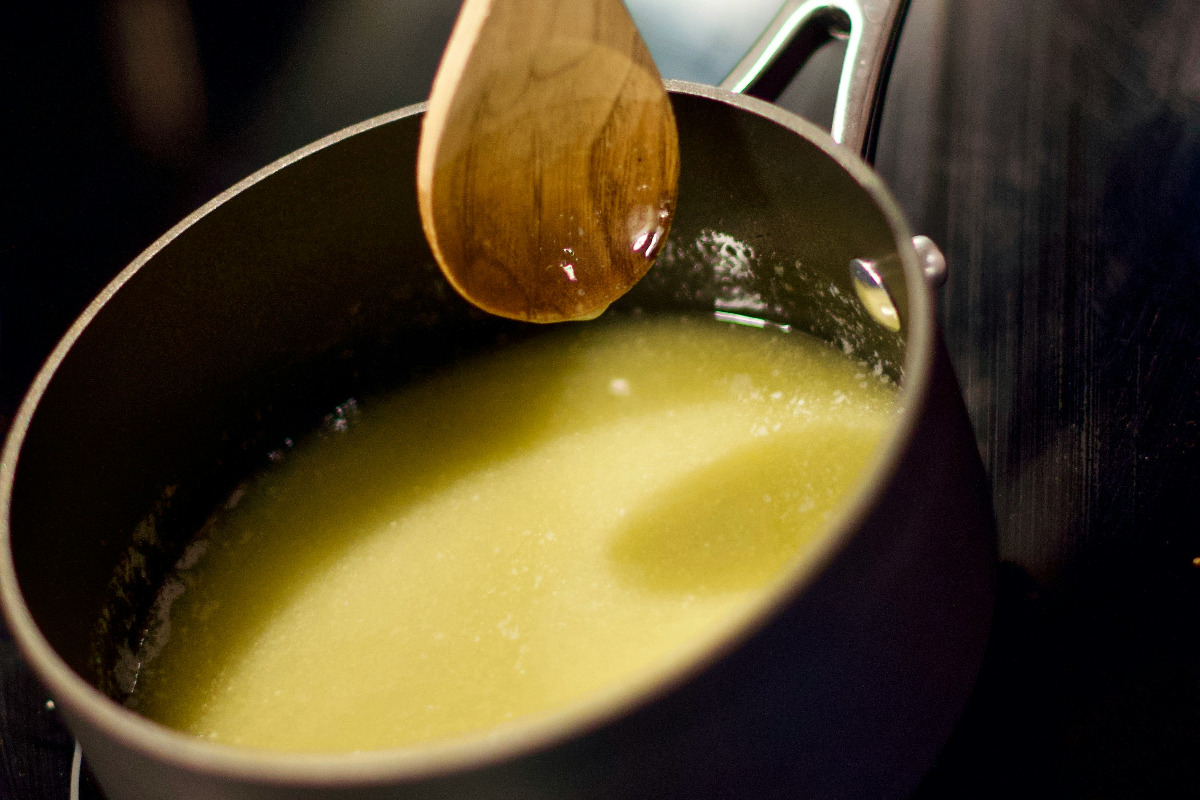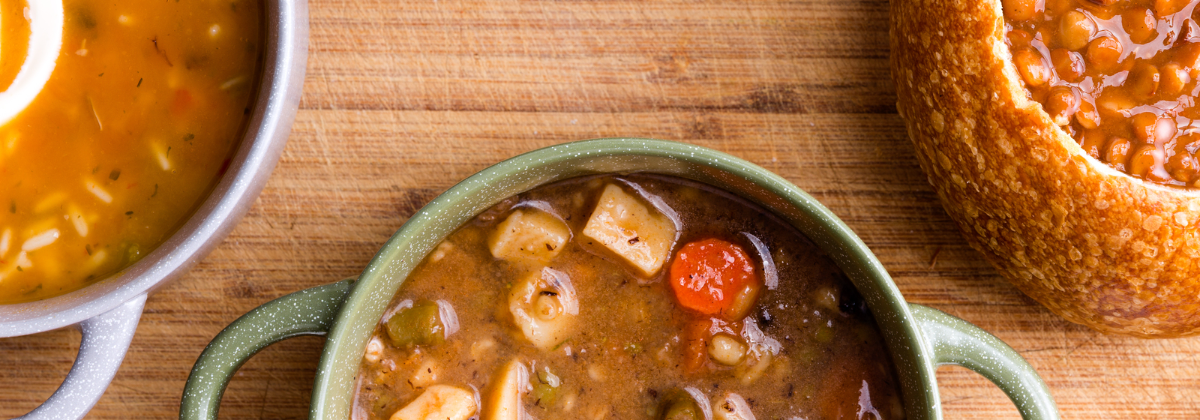Knowing how to thicken soup requires using some of the most perfect ways, and none shape up better than cornstarch. It’s one of the best soup hacks for thickening, but getting it right can be tricky. So, how do you use cornstarch in soup? Some great ways to use cornstarch in soup are the slurry, dusting, pre-mixed, pureed ingredients, and direct addition methods. Learn how to use these ways to thicken that delicious soup!

📌 Cornstarch Alternatives
Arrowroot powder: Arrowroot is a flavorless, gluten-free starch that works well as a thickening agent for sauces, gravies, and puddings.
Coconut Cream: While a great way to make soup creamy, it can also give you that rich, creamy, and thicker texture.
Rice flour: Rice flour is a fine, gluten-free flour that can be used as a thickener in both sweet and savory dishes, such as soups, sauces, and custards.
Xanthan gum: Xanthan gum is a versatile thickening agent and stabilizer often used in gluten-free baking and as a substitute for cornstarch in recipes.
Potato starch: Potato starch is a gluten-free thickening agent that can be used in place of cornstarch in a variety of recipes, including stews, sauces, and baked goods.

💡 How to Use in Cornstarch Soup
Slurry Method
Slurry is one of the best ways to use cornstarch in soup. Mix an equal amount of cornstarch and cold water. Stir the mixture until it’s smooth and free of lumps. Simmer your soup until hot, and gradually pour the slurry into the pot while stirring continuously. This will get rid of unwanted lumps and will help distribute it better. Allow the soup to simmer for an additional 2-3 minutes, as the heat will activate the cornstarch and give it a nice thickness.
Incorporating with Pureed Ingredients
While not only a great way to make soup less salty and nutritious, blending a portion of the soup or new ingredients with cornstarch is another effective method. You’ll get bonus flavor while also thickening the soup. Blend the same ingredients (or a portion of the soup) with cornstarch until smooth, then add while simmering the soup. There are some great soup gadgets you can use, like an immersion blender or traditional ones.
Pre-mixed Broth
Another great way to use cornstarch in soup is to make a pre-mixed broth. It’s similar to a slurry, except that you already have a thicker version of your soup. You also have better control over the thickening process and a uniform texture in the final dish. Combine cornstarch with a small amount of your soup in a separate pot/container. Make sure to fully dissolve the cornstarch in the separate broth to prevent clumping. Once the mixture is smooth, slowly pour it into the soup while stirring continuously.

Dusting Ingredients
You can even coat your meat and vegetables in a thin layer of cornstarch before sautéing them in a hot pan. This coating will not only give you a delicious, crispy exterior but also help thicken your soup. While some activation of the cornstarch occurs during sautéing, it’ll primarily thicken the soup once the sautéed ingredients are added to the pot.
Direct Addition
Although a slurry will always be better, directly adding it to the soup can work just as fine. For this method, you’ll want to sprinkle the cornstarch directly into the hot soup while stirring constantly. It’s important to do this gradually to avoid clumping, as cornstarch can form lumps if added all at once. Cornstarch must be cooked to 95°C (203°F) before thickening begins. At that point, it usually thickens fairly quickly.
🧐 FAQs
Flour can be used to thicken soups, but it has a different thickening power and can impart its own flavor. It must be cooked longer than cornstarch to remove the floury taste. Twice as much flour is typically needed to achieve the same thickening effect as cornstarch.
The optimal ratio is typically 1 part cornstarch to 2 parts cold water. Adjustments can be made depending on the desired thickness of the soup. For more detailed instructions, one may visit Bless this Mess, where the process is explained clearly.
To avoid lumps, cooks must dissolve cornstarch in a separate cold liquid first—typically water or broth—stirring until it forms a smooth paste. This paste should then be added gradually to the soup and stirred continuously.
